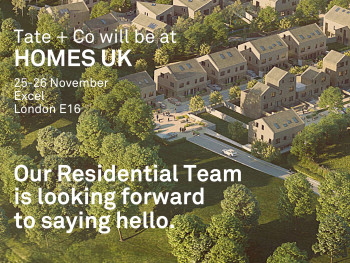How long does a design take? When should you think about design details? What do you actually do when you design? What ‘style’ do you design in? Do you have a design process? Do you think about the engineering from the start? Can we work with you on the design? How did you learn to design?
These are some of the completely reasonable questions we have been asked by clients, especially around the early stages of a project. The fact is that design, especially the initial stages, can be – in fact should be – a little scary. You are moving from the nebulous nothing of the unknown, to a clear idea of where you are going. This process is complex and difficult to explain, which is fine if you are an enigmatic artist, but slightly more difficult if you are a collaborative member of a design team who expects to get paid regularly.
The obvious response, the one we often use as a practice, and indeed the basis for the RIBA stages of work, is to side-step the issue. Instead of trying to describe the design process itself, you concentrate on defining the deliverables. By a certain date we will have completed a planning application, then a certain period after that we will have completed detailed design, etc. This is a very successful strategy, except that it fails to explain to the client what they are actually paying for, and I think they often wonder why it all took so long. Like the Whistler trial of 1878 where, faced with derision from lawyers about how little time his paintings took, the artist had to explain that the time to produce a painting was less important than the preparation and study beforehand.
Over the last few years our practice has been experimenting with ‘open book’ design techniques which work something like this; we break the project down at the early stages into a series of small individual decisions, for example orientation, access points, capacity etc. Then you get all the interested parties (relevant client representatives and key design team members) into one room and take a vote on each decision. Surprisingly this transparent ‘group mind’ approach often makes a series of really sensible decisions, laying out the fundamental strategies for a scheme in a sometimes logical and often uniquely appropriate manner. It is also, of course, design by committee, so may well go against the received wisdom of a sensible design approach.
So does ‘open book’ design work? Well yes and no; we have used it a lot working with the Eden Project on their new Rainforest Canopy Walkway, designing with tree house specialists Blue Forest, and it was the perfect method to get a balanced opinion between horticulturalists, biologists, operational staff and marketing experts, giving us a solid way forwards for the scheme. However the very last bit, that ‘magic’ to bring it all together, seemed to happen in smaller conversations at the side of the room, as well as intense model making sessions in our office and at Blue Forest’s. It appears that an open democratic design method is only part of the answer, and much of the process is still opaque to analysis.
So the ‘mystique’ of design remains in place, and the only solace I have found to reassure myself and others about this is an observation that, just by persevering (keeping going), you will always solve a design problem. I used to teach at the Bartlett School of Architecture where there was a saying amongst the tutors that you should advise students who knew where they were going to keep on producing drawings and models, but you should also give exactly the same advice to a student who was unsure of their next step. The process of production itself clarifies a design, and perhaps this is all we should explain to our clients. The more we draw and make models of a scheme, the better it will be when built. It really is that simple.



